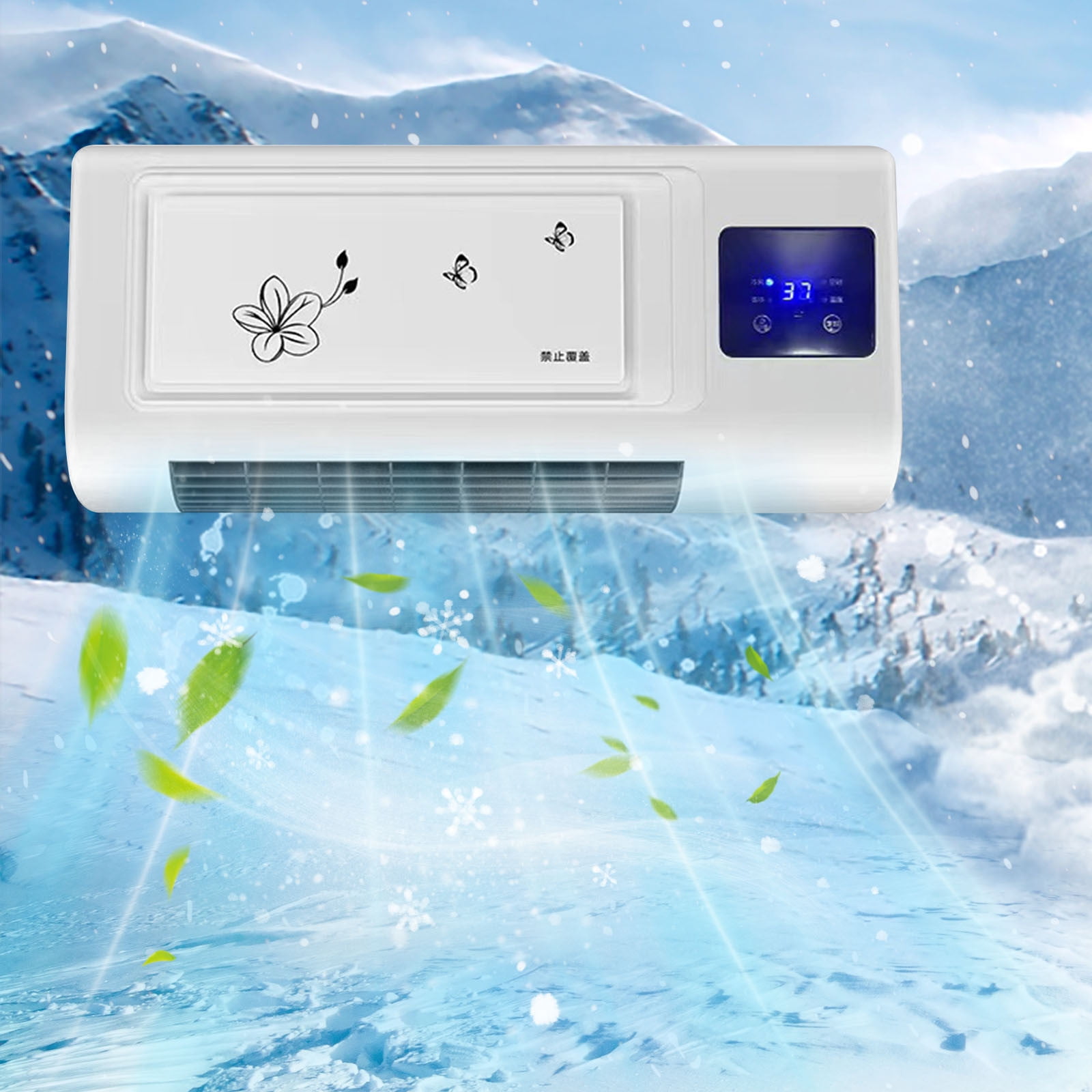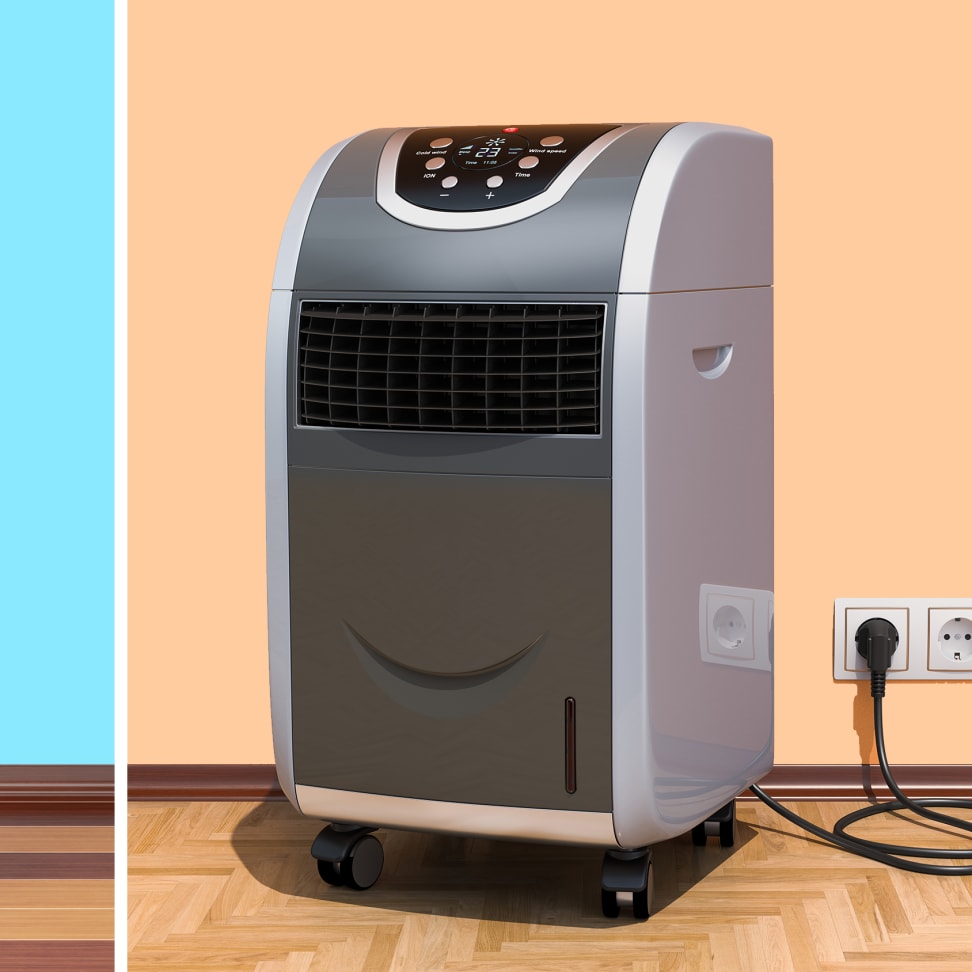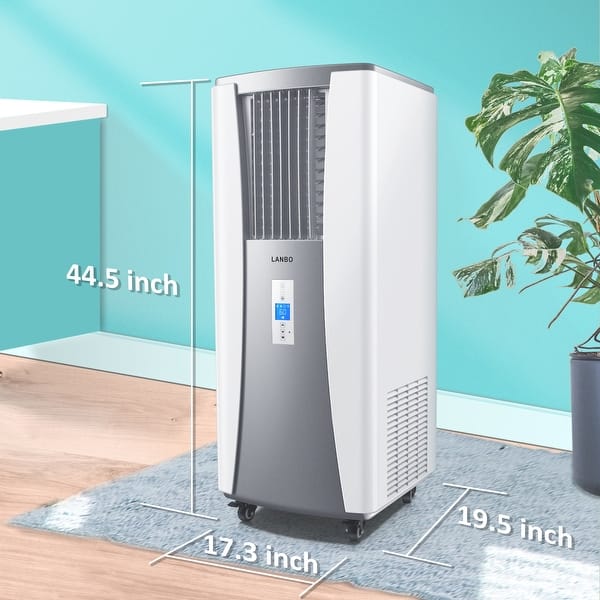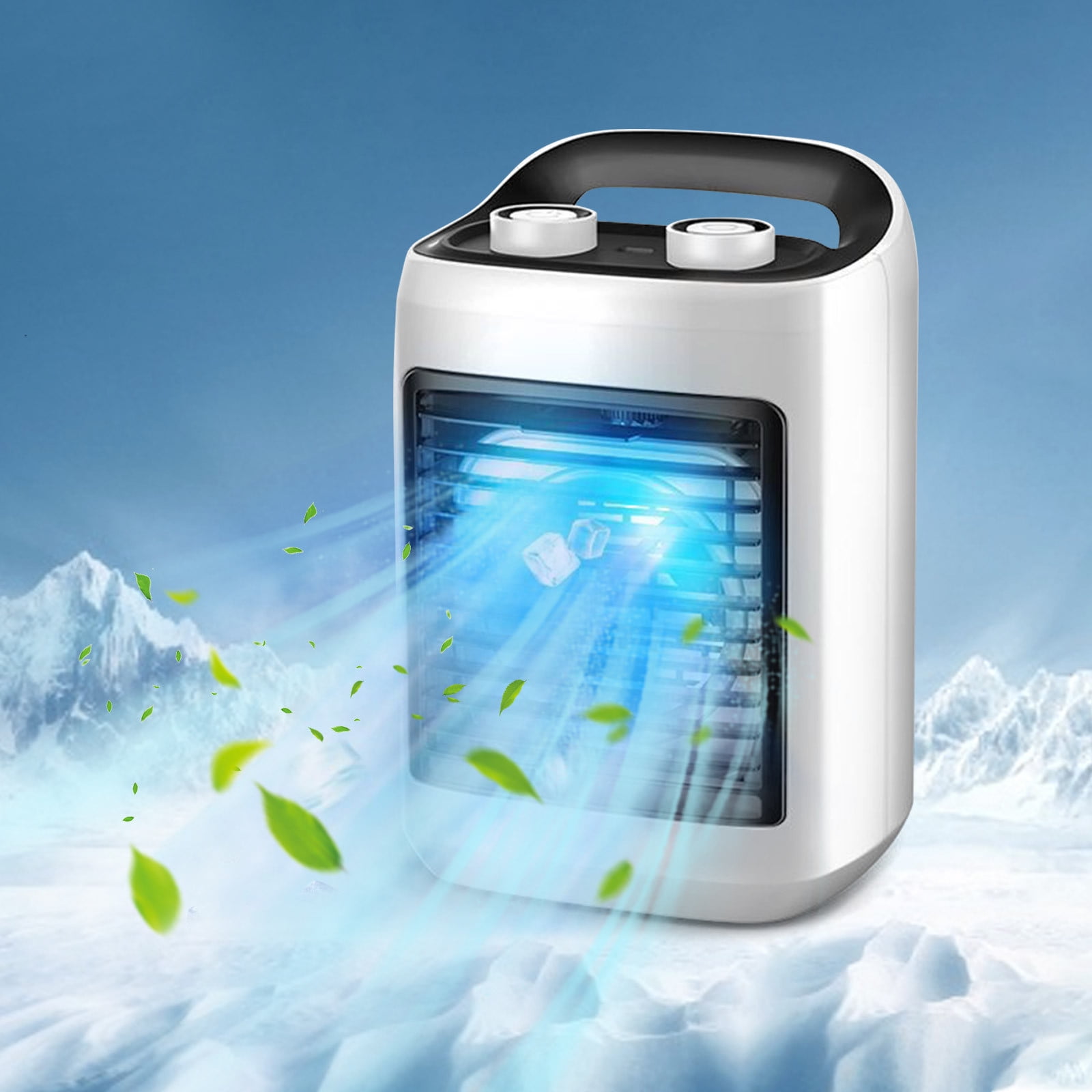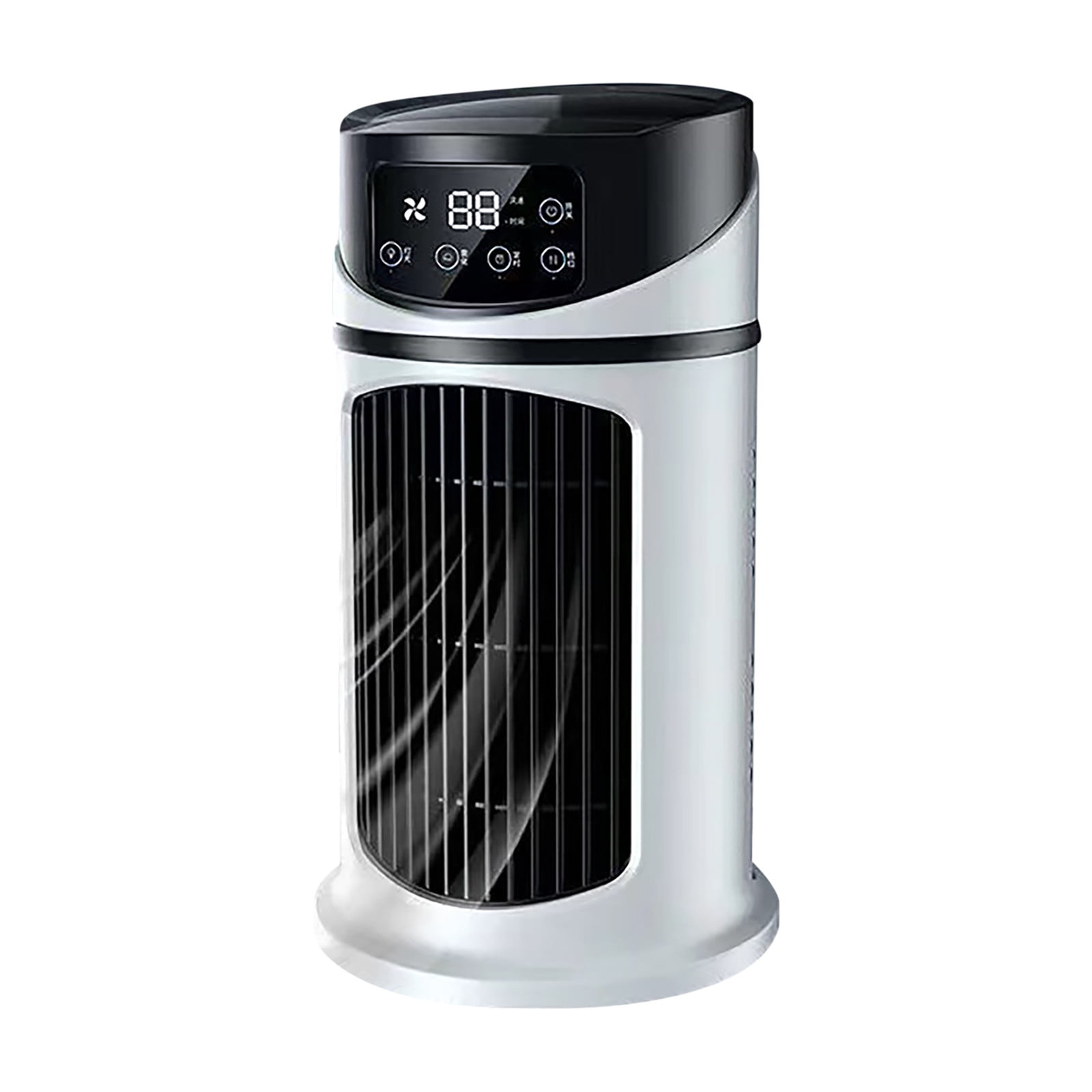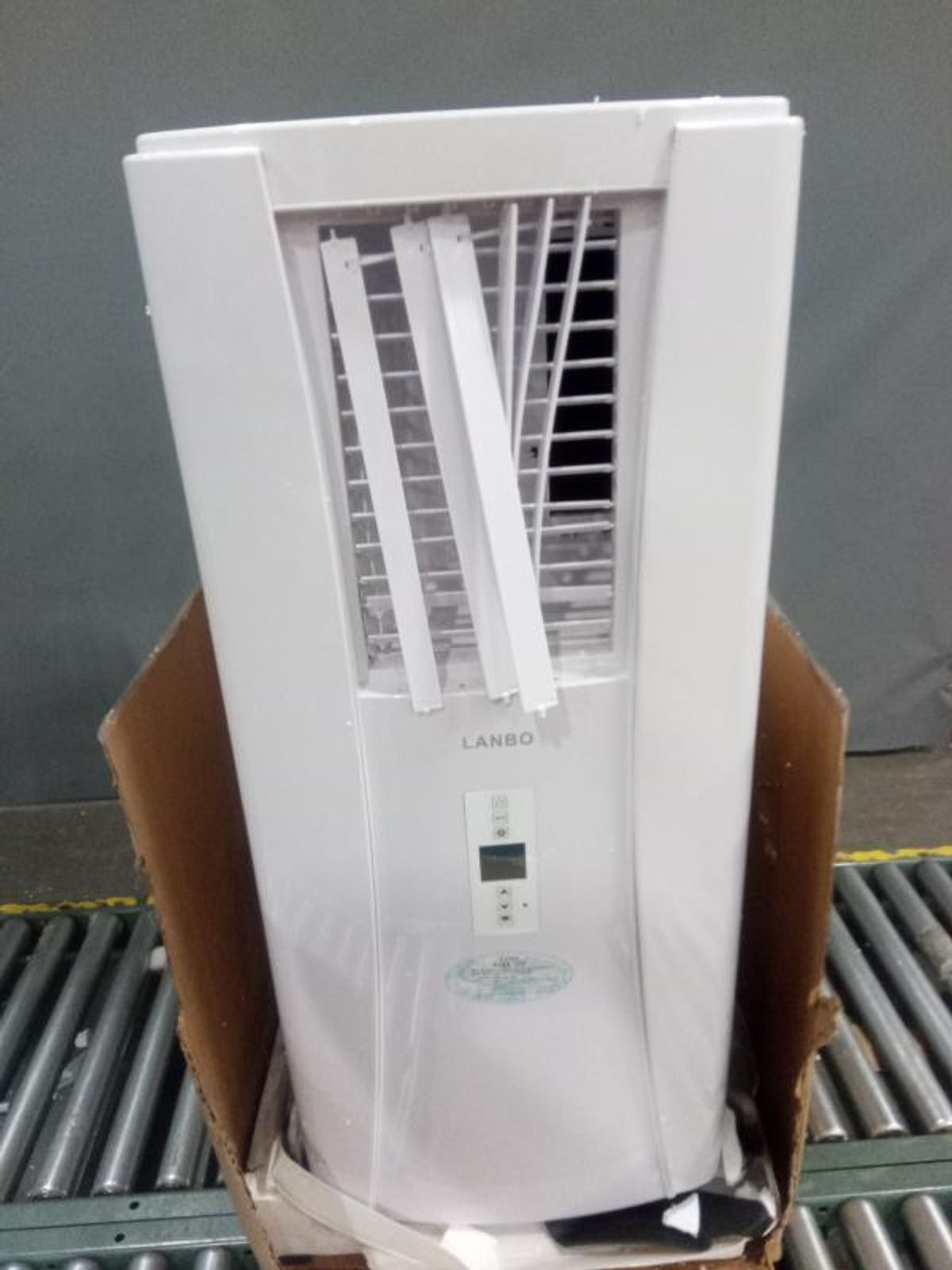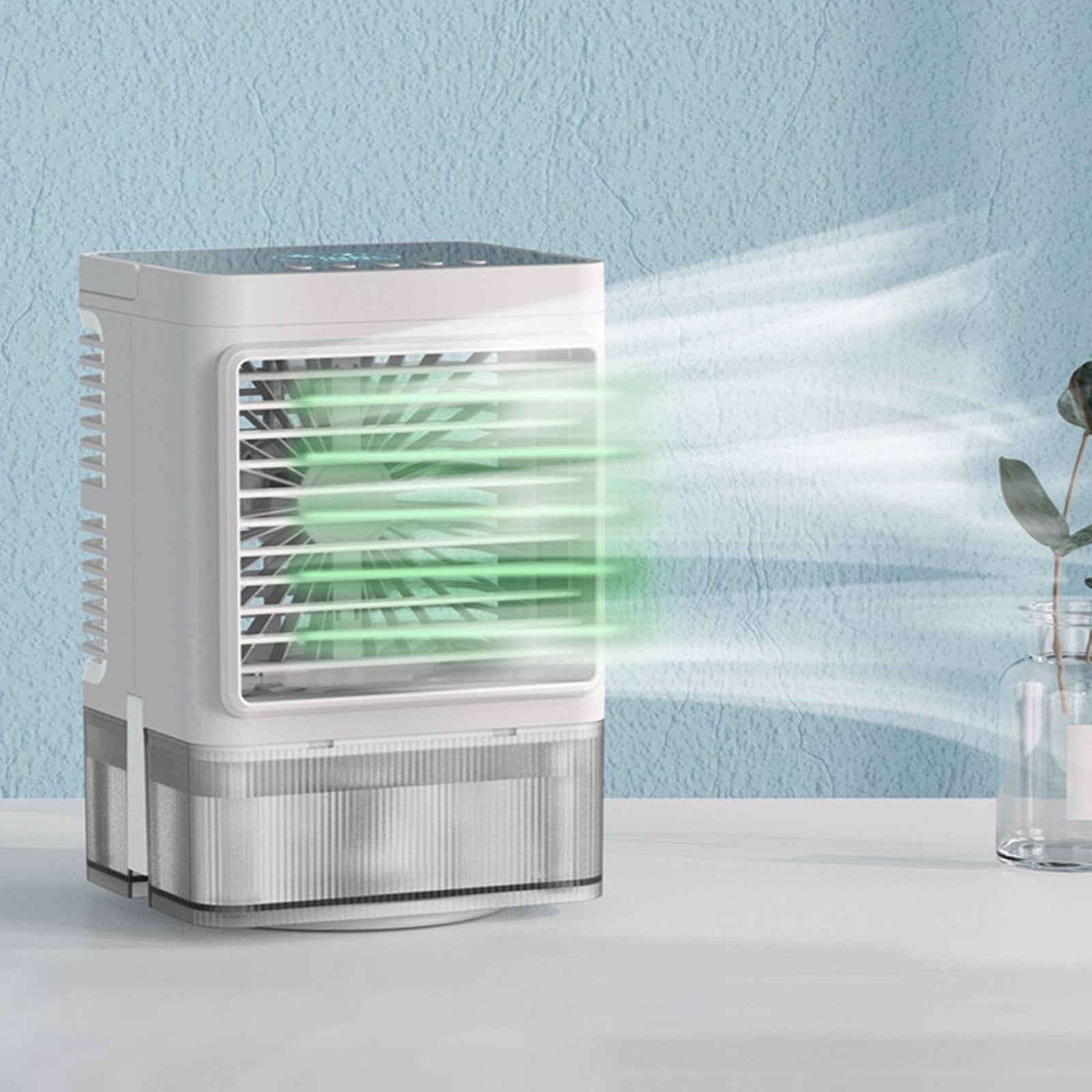Portable Air Conditioner No Window Required
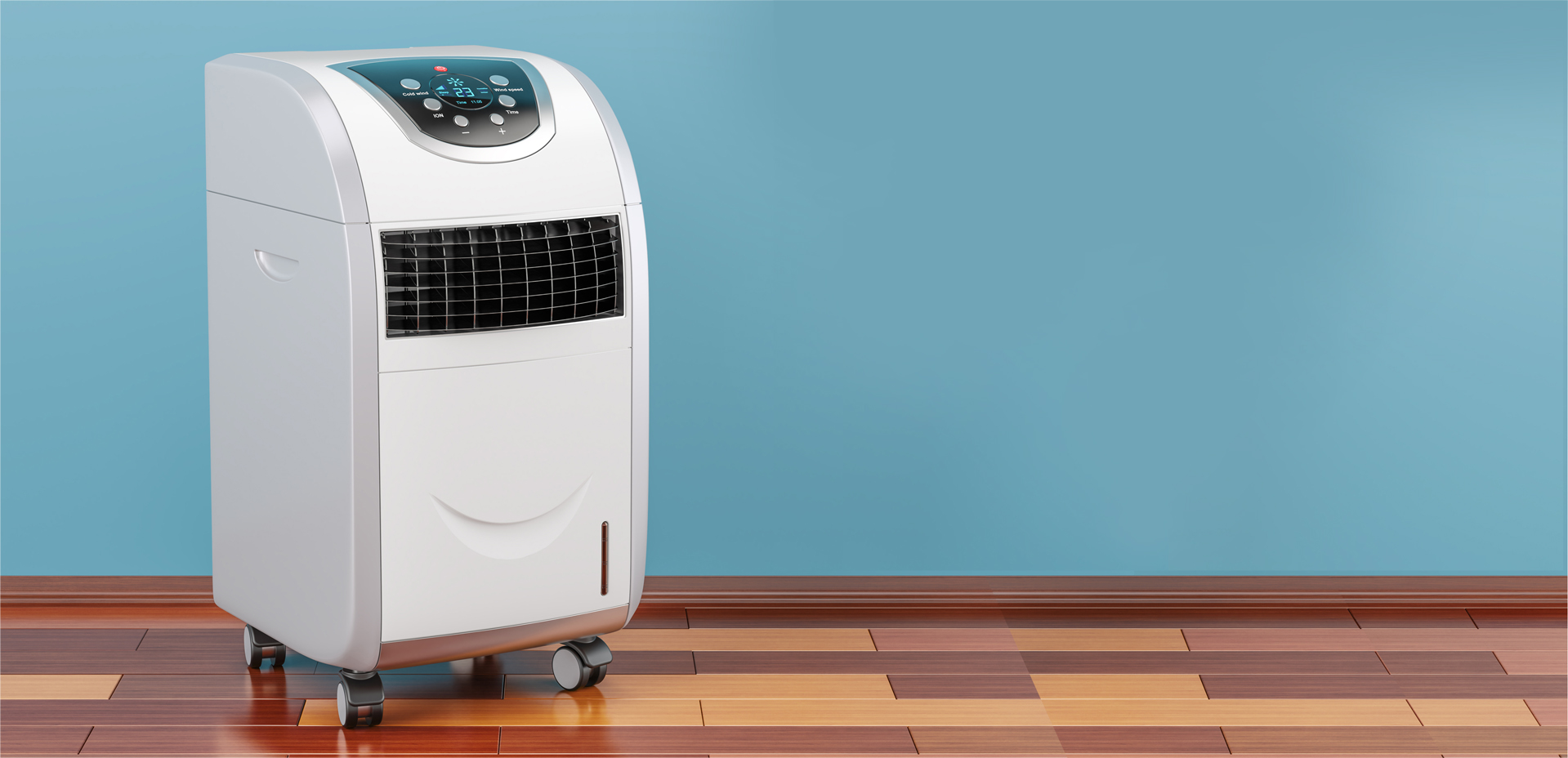
Heat waves are surging across the nation, but a new wave of cooling technology promises relief: portable air conditioners requiring no window installation. This innovation offers immediate respite for those lacking traditional AC or struggling with complex window setups.
These "windowless" portable AC units are rapidly gaining popularity as a user-friendly alternative. They circumvent the common frustrations associated with conventional portable air conditioners. This is appealing to renters, apartment dwellers, and anyone seeking a quick, easy cooling solution.
The Rise of Windowless Cooling
Traditional portable air conditioners exhaust hot air through a hose vented out a window. This requires cumbersome window kits and can be ineffective if not properly sealed. Windowless models eliminate this issue by employing alternative cooling methods.
These methods typically involve evaporative cooling or heat exchange technologies. This means they either use water to cool the air or vent heat through a small, easily manageable duct, or, in some cases, no duct at all.
What are the advantages? The units are lighter, more compact, and significantly easier to set up, often requiring only plugging into a standard electrical outlet and, for some models, filling a water reservoir.
How Do They Work?
Evaporative coolers, also known as swamp coolers, use the principle of water evaporation to lower air temperature. They draw in warm air, pass it through a moistened pad, and release cooler, humidified air.
The effectiveness of evaporative coolers depends on the ambient humidity. They work best in dry climates, where the air can readily absorb moisture. In humid regions, their cooling effect is significantly reduced.
Heat exchange models utilize a chemical refrigerant and a small exhaust duct. The exhaust duct is much smaller and less intrusive than those found on traditional portable ACs.
Some advanced units even use thermoelectric cooling. They don't require any venting at all, making them truly "windowless." However, these models are often more expensive and may have limited cooling capacity.
Who Benefits Most?
Renters are a primary demographic. They often face restrictions on modifying windows. This product is especially beneficial for those in smaller apartments or homes, where a traditional AC unit is impractical.
Individuals with mobility issues or those seeking a simple, hassle-free cooling solution also greatly benefit. Setup is straightforward, allowing for near-instant cooling relief.
People sensitive to dry air might consider evaporative models, which add moisture to the air. This provides a welcome alternative to the drying effects of traditional air conditioning.
Market Availability and Pricing
Windowless portable air conditioners are available from various retailers, both online and in brick-and-mortar stores. Major appliance manufacturers and smaller, specialized companies offer a range of models.
Pricing varies depending on the cooling capacity (BTU), technology used, and features offered. Expect to pay anywhere from $100 for a basic evaporative cooler to $500 or more for a high-end thermoelectric model.
Demand is currently high, and some models may be backordered due to the ongoing heat waves. Consumers are advised to compare prices and features carefully before making a purchase.
Consumer Reports and Expert Reviews
Consumer Reports and other review sites are actively testing and comparing different windowless portable AC models. They evaluate cooling performance, energy efficiency, noise levels, and ease of use.
Initial reports suggest that while these units are convenient, their cooling capacity may be less than that of traditional window-mounted or portable ACs with window kits.
Users should carefully consider the size of the room they intend to cool and choose a model with appropriate BTU rating. Smaller units are best suited for spot cooling or personal use.
Ongoing Developments and Future Trends
Manufacturers are continually working to improve the efficiency and cooling power of windowless portable air conditioners. Innovations in refrigerant technology and heat exchange design promise even more effective cooling in the future.
The integration of smart home features, such as remote control via smartphone apps and voice assistant compatibility, is also becoming increasingly common. This enhances user convenience and allows for greater control over cooling settings.
The Environmental Protection Agency (EPA) is closely monitoring the energy efficiency of these devices. Regulations and labeling requirements may be introduced to help consumers make informed choices.
Next Steps
Consumers experiencing extreme heat should immediately seek ways to cool down. Windowless portable AC units offer a viable option for those seeking a quick and easy solution.
Before purchasing, research available models, read reviews, and compare prices. Consider the size of the room and the climate in your area to ensure the unit will effectively meet your cooling needs.
Stay informed about ongoing developments and technological advancements in this rapidly evolving market. Check the reviews from Consumer Report for more information before buying one.
